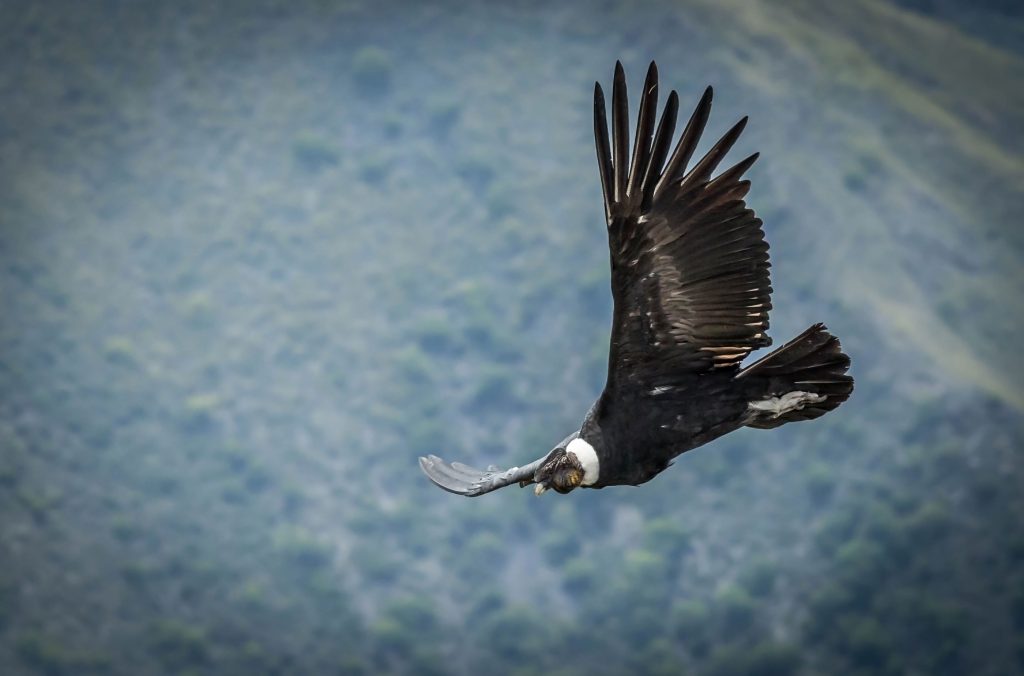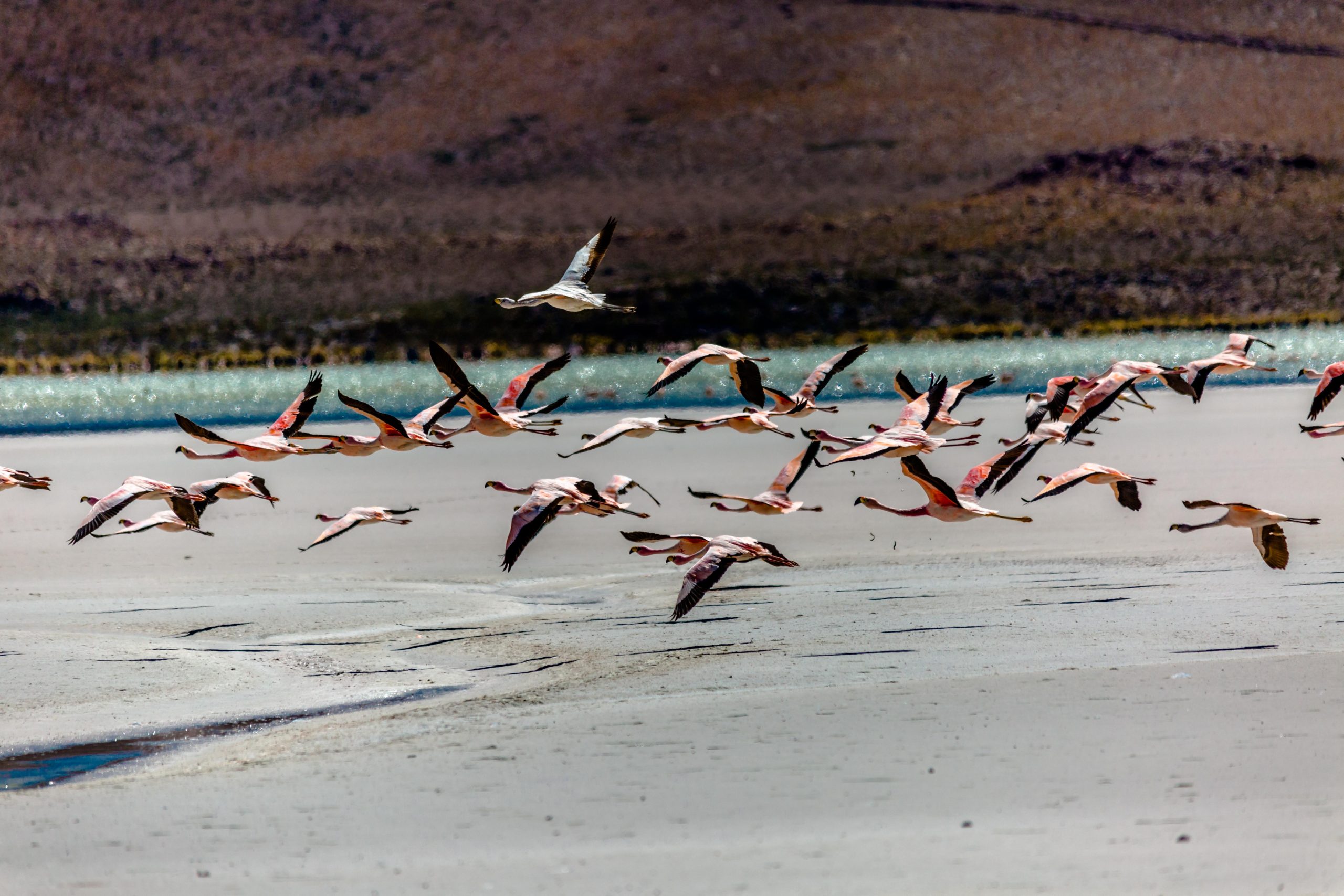- #Birdwatching essentials #
- #Bird photography equipment #
- #Beginner birdwatching gear #
- #Best binoculars for birdwatching #
- #Camera for bird photography #
- #Telephoto lens for birds #
- #Tripod for bird photography #
Introduction
Whether you’re a seasoned birder or just starting your avian adventures, having the right equipment can significantly enhance your experience. This guide will cover the essential gear for both birdwatching and bird photography, helping you capture stunning images and make the most of your encounters with these fascinating creatures.
Birdwatching Essentials:
- Binoculars: This is arguably the most crucial piece of equipment for any birdwatcher.
- List
- Magnification: 8x or 10x magnification is generally recommended for most birders.
- Objective Lens Diameter: A larger diameter (e.g., 42mm) allows for better light gathering in low-light conditions.
- Field of View: A wider field of view makes it easier to locate and track birds.
- Recommendation: Consider binoculars with a rubberized coating for a secure grip and water resistance.
- List
- Bird Guide: A field guide is essential for identifying the birds you encounter.
- Options: Choose a guide specific to your region or a general North American guide.
- Digital Alternatives: Consider a bird identification app for your smartphone.
- Notebook and Pen: Jot down observations, species lists, and interesting behaviors.
Bird Photography Essentials:
- Camera:
- DSLR or Mirrorless: Both options offer excellent image quality and autofocus capabilities.
- Key Features:
- Fast Autofocus: Crucial for capturing birds in flight.
- High ISO Performance: Important for shooting in low-light conditions.
- Burst Mode: Allows you to capture rapid action.
- Telephoto Lens: This is the most important lens for bird photography.
- Focal Length: A minimum of 300mm is recommended, with 400mm or longer being ideal.
- Lens Speed: A faster aperture (e.g., f/2.8 or f/4) allows for better low-light performance.
- Tripod: A sturdy tripod is essential for stabilizing your camera, especially for long exposures or telephoto shots.
- Remote Shutter Release: Minimizes camera shake and allows for more precise control.
Additional Tips:
- Invest in a good camera bag: Protect your equipment from the elements.
- Practice patience: Bird photography requires patience and persistence.
- Learn about bird behavior: Understanding bird behavior will increase your chances of capturing great photos.
- Consider joining a local birdwatching club: Connect with other birders and learn from experienced photographers.
Conclusion
By investing in the right equipment and honing your skills, you can embark on a rewarding journey of birdwatching and bird photography. Remember to prioritize ethical practices and respect the natural environment while enjoying these fascinating creatures.


